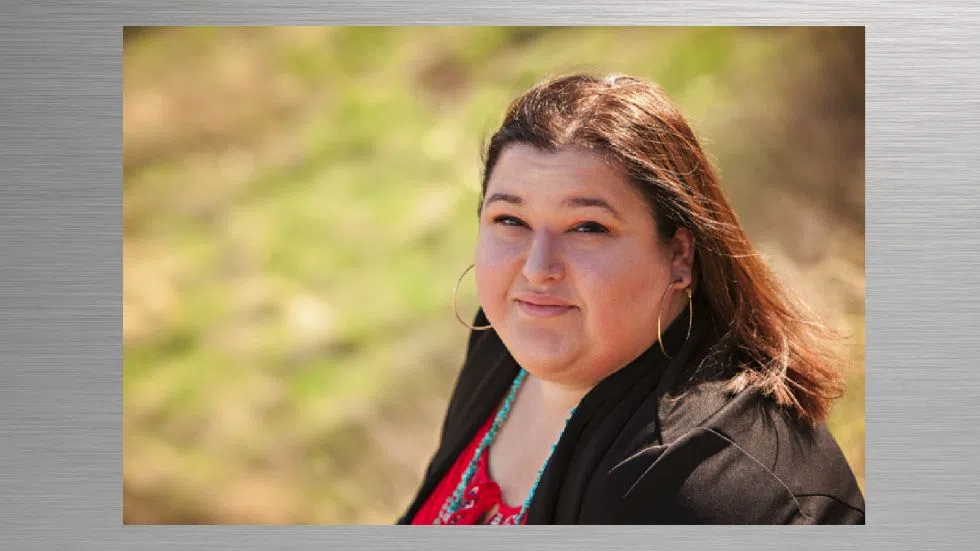
U of L graduate student creates Canadian/U.S. database of missing and murdered Indigenous women
LETHBRIDGE – Over the last three years, University of Lethbridge graduate student Annita Lucchesi has been working tirelessly to create a database of missing and murdered Indigenous women (MMIW) from both Canada and the U.S.
As a U.S citizen studying in Canada and a survivor of domestic and sexual violence, she says it was important for her to try and gather as much information as possible on all of those women.
“I found that there really wasn’t any comprehensive information on this issue. And there was no number that we could all agree on. There was no research bringing together both countries or doing a longer historical look. There were lists online and projects that had been put together, but none of them matched.”
So, Lucchesi says she felt a responsibility to bring all of those things together and to come up with a more holistic project to not only understand what had happened to the women, but also to convey their stories.

